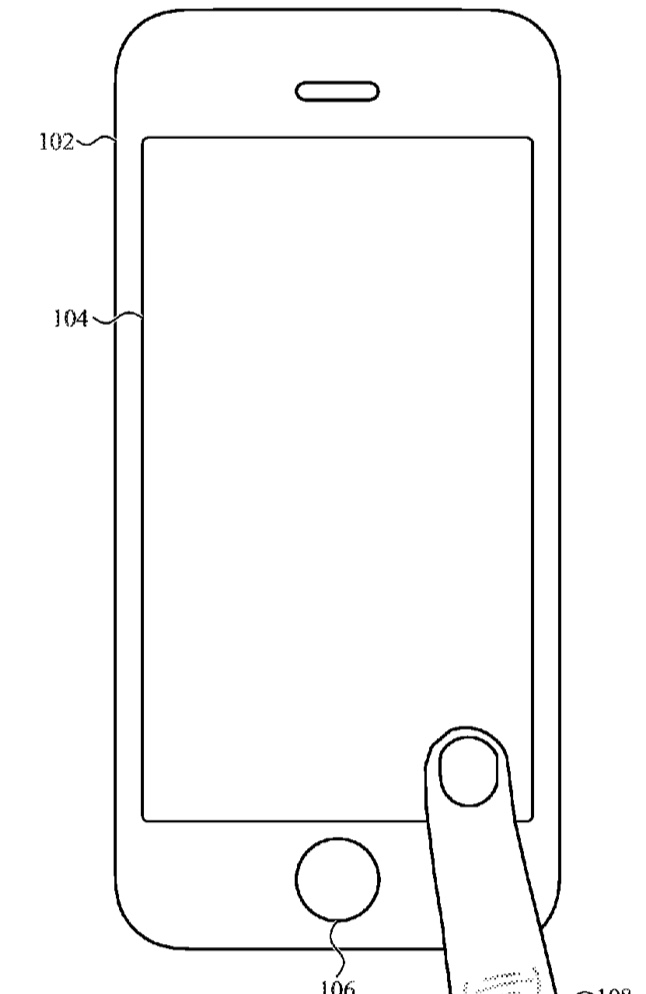Apple has been granted a patent (number 20170054774) by the U.S. Patent & Trademark Office for a “network media device,” which hints at an Apple NAS device/home server, something I’ve long wanted.
The patent describes a device that pulls multimedia data from one or more sources (e.g., a multimedia website or a multimedia server computer) at a first time, stores it to long-term storage within the device and transmits the stored multimedia data to one or more designated multimedia playback devices at a second time.


In the patent filing, Apple says that, with the increasing capacity and capability of personal computers, as well as improved multimedia interfaces for these computers, it’s become popular to use them as a repository for multimedia content, such as songs, movies, etc.
Services such as iTunes and the substantially unlimited storage space provided by modern personal computer systems has resulted in an environment where many consumers use their personal computer as their primary vehicle for obtaining, storing, and accessing multimedia information. Because consumers may access their multimedia content at virtually any time of the day, however, this implies that one’s personal computer system must be powered and operational at all times. Additionally, consumers may prefer to experience certain media content, particularly video content such as movies, using more entertainment-oriented devices, such as home theater systems, which typically include larger screens and higher fidelity audio systems than personal computer systems.
Apple says that it would be beneficial to provide a mechanism whereby a consumer could off-load, over a computer network, specified multimedia content to a playback device that could at a later time, send the information to conventional entertainment devices such as stereo equipment, televisions, home theatre systems, etc.
What’s more, a new patent application (number 20170053151) indicates that Apple might replace Touch ID on future iPhones with an “acoustic imaging system architecture” that would include an array of acoustic transducers laid out beneath the iOS device display or its housing.


In the patent filing, Apple points out some limitations of conventional fingerprint sensors. The resolution of the fingerprint sensor is limited, among other things, by the number of capacitive sensors within the array, the physical size of each capacitive sensor, and the integration time required to sample each capacitive sensor.
In addition, capacitive sensors are typically optically opaque; it may be difficult to incorporate a conventional fingerprint sensor into a display of an electronic device. Apple thinks an acoustic imaging system that includes a controller and an image resolver might work better.
Of course, Apple files for — and is granted — lots of patents by the U.S. Patent & Trademark Office. Many are for inventions that never see the light of day. However, you never can tell which ones will materialize in a real product.


